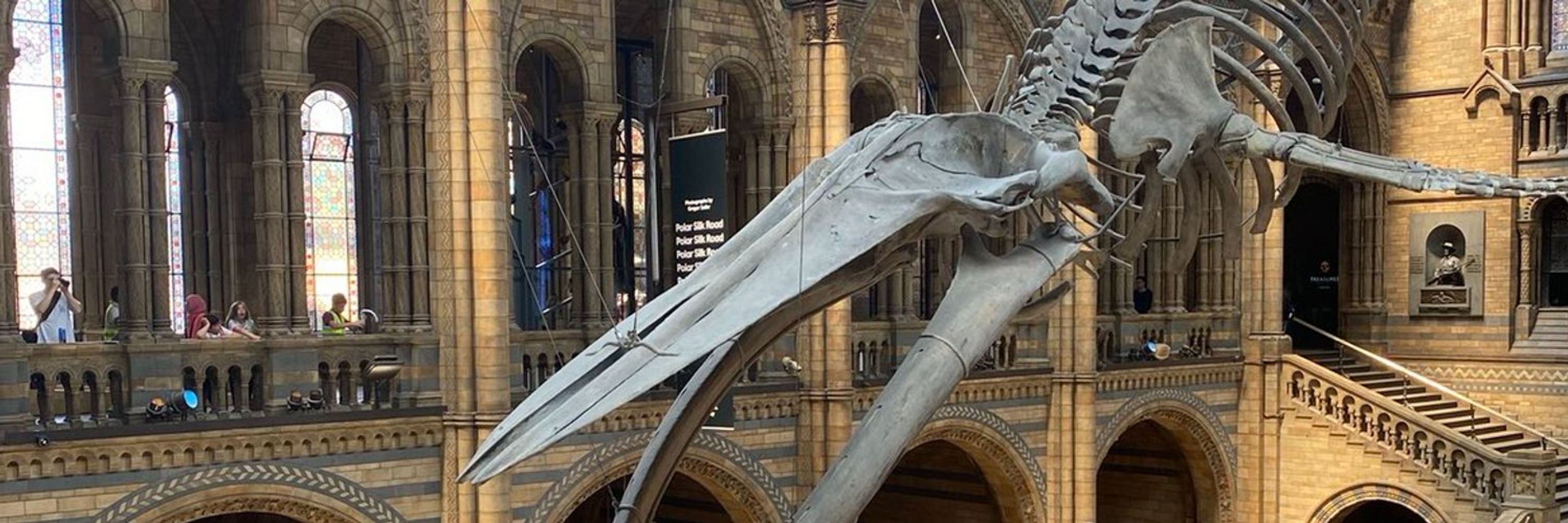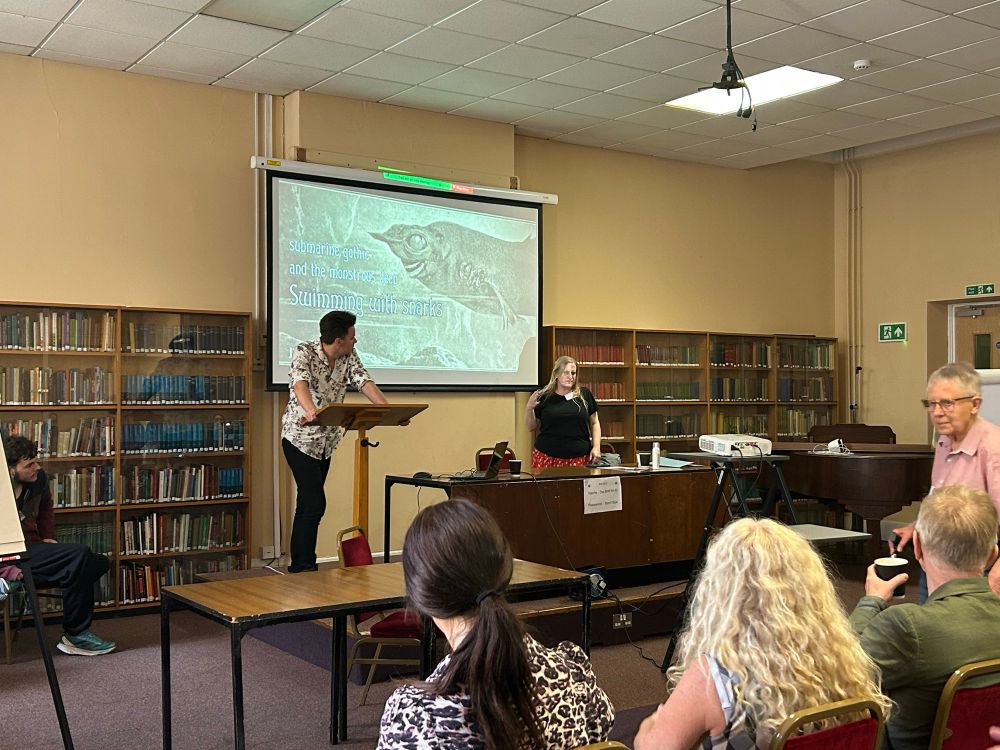Jamie Gorrod
@jamiegorrod.bsky.social
25 followers
41 following
43 posts
he/him • MA English Literature student
Posts
Media
Videos
Starter Packs
Reposted by Jamie Gorrod
Reposted by Jamie Gorrod
Dr Sam Hirst
@romgothsam.bsky.social
· Aug 7

‘Aggressively provocative’: first screening of Saltburn director’s Wuthering Heights gets mixed reaction
An early test showing of the forthcoming Brontë adaptation starring Margot Robbie and Jacob Elordi reveals film features horse rein sex, suggestive egg yolks and necrophile nuns
www.theguardian.com
Jamie Gorrod
@jamiegorrod.bsky.social
· Jul 15
Jamie Gorrod
@jamiegorrod.bsky.social
· Jul 15
Jamie Gorrod
@jamiegorrod.bsky.social
· Jul 15
Jamie Gorrod
@jamiegorrod.bsky.social
· Jul 15
Jamie Gorrod
@jamiegorrod.bsky.social
· Jul 15
Jamie Gorrod
@jamiegorrod.bsky.social
· Jul 15
Jamie Gorrod
@jamiegorrod.bsky.social
· Jul 15
Jamie Gorrod
@jamiegorrod.bsky.social
· Jul 15
Jamie Gorrod
@jamiegorrod.bsky.social
· Jul 14
Jamie Gorrod
@jamiegorrod.bsky.social
· Jul 14
Jamie Gorrod
@jamiegorrod.bsky.social
· Jul 14
Jamie Gorrod
@jamiegorrod.bsky.social
· Jul 14
Jamie Gorrod
@jamiegorrod.bsky.social
· Jul 14

















